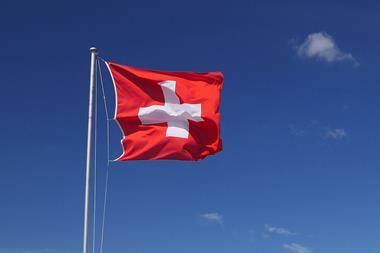The Swiss parliament has taken a first step to approve a rule exempting public pension funds from considering that an interest rate of more than 1.75% on capital saved would be an improvement in terms of benefits.
The Council of States, the upper house of the Swiss parliament representing the country’s cantons, has adopted a motion calling to exempt public schemes, filed by Erich Ettlin, member of parliament (MP) for Die Mitte party.
The motion is now being discussed in the commission of the National Council, the lower house of the parliament.
According to the motion, public pension funds should be exempted from the interest rate rule on pension savings because they are not in competition with other schemes. Company pension schemes are already free from the rule.
The financial stability of public pension schemes could worsen with higher interest rates on savings, especially when the majority of members are insured by law or decree, the motion added.
Last September, the Swiss occupational pension supervisory commission – Oberaufsichtskommission Berufliche Vorsorge (OAK BV) – stated in a note that an interest rate of more than 1.75% on pension savings would represent an improvement in terms of pension payouts, the motion said.
This means that in many cases members can only benefit from an interest rate of 1.75%, despite good returns, and with the guarantee that interest rates are not set irresponsibly high, it added.
The aim of the rule is to ensure that pension funds do not apply higher interest rates to draw companies to join the scheme, putting pressure on its financial stability.
OAK BV reformulated the definition of improved benefits regarding multi-employer pension funds, meaning that interest rates on retirement assets of active members higher than the weighted average technical interest rates published in OAK BV’s report on the financial situation of pension institutions in May every year, rounded to a quarter of a per cent – a decision that was strongly criticized by the pension fund industry.
The latest digital edition of IPE’s magazine is now available























No comments yet